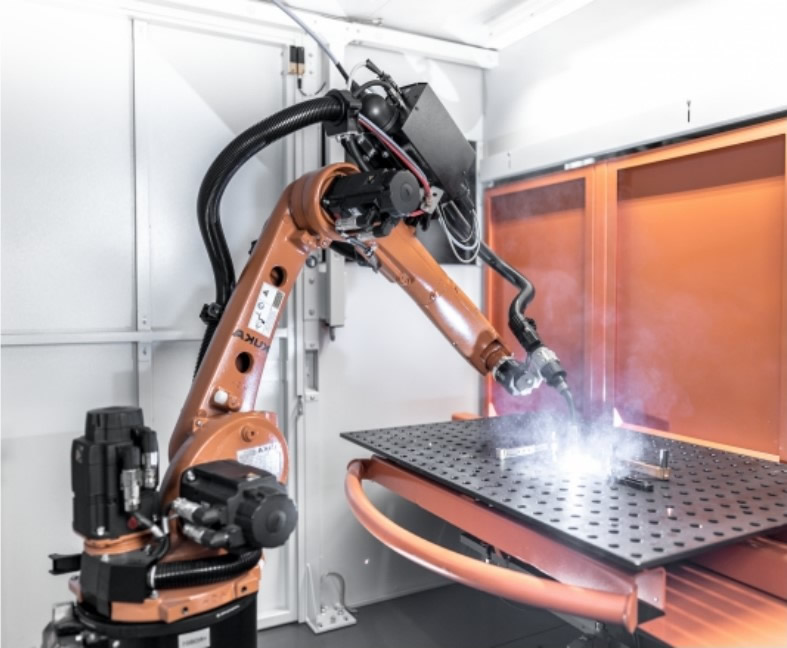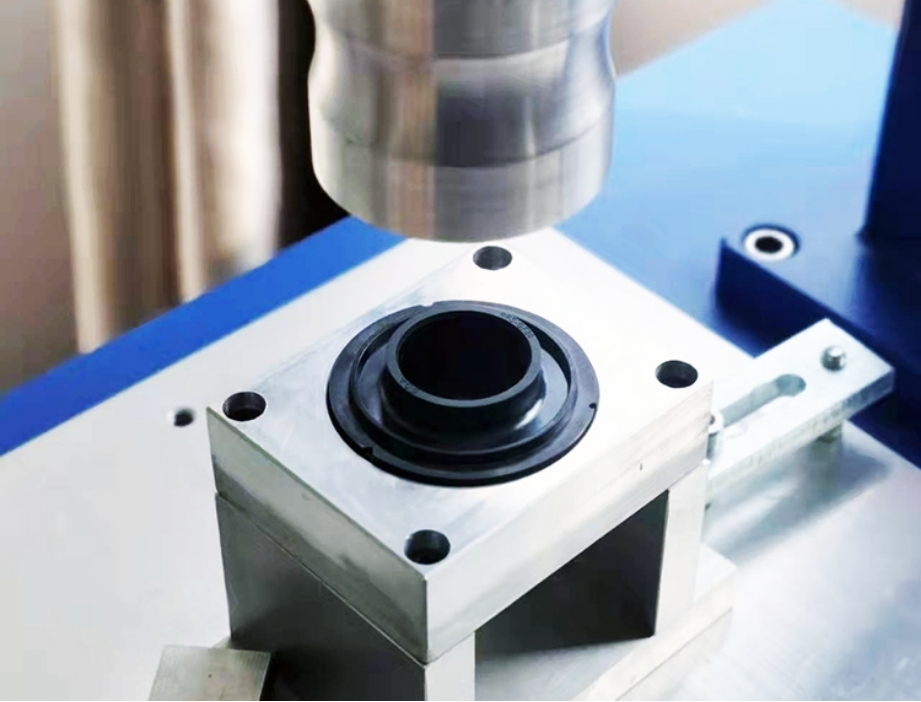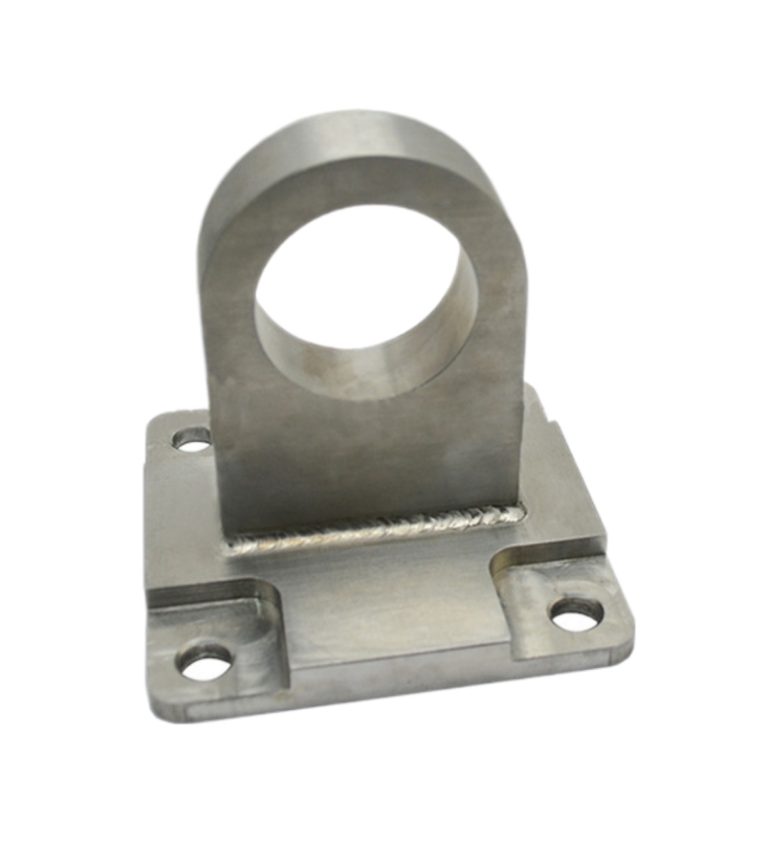
The Future of Welding: Robotics, Automation, and Digitalization
Discuss the role of robotics and automation in welding processes, including the use of robotic arms and automated systems.
> 3-Day Lightning Delivery
> North America’s Top 10 One-stop Solutions
> 75+ Choices of Materials
Welding is an essential process in various industries, and advancements in technology are shaping its future. Robotics, automation, and digitalization are revolutionizing the field of welding, leading to improved efficiency, precision, and safety. In this blog, we will explore the exciting trends and innovations that are transforming the future of welding. From robotic welding systems and automated processes to digital integration and data-driven analytics, we will delve into the advancements that are reshaping the landscape of welding in the modern era.

1.Rise of Robotic Welding Systems :
Robotic welding systems are gaining prominence in the industry, offering numerous benefits. We will discuss the advantages of robotic welding, including increased productivity, enhanced weld quality, and improved worker safety. Additionally, we will explore the latest advancements in robotic welding technology, such as collaborative robots (cobots) that work alongside human operators, providing greater flexibility and precision in welding operations.
2.Automation in Welding Processes :
Automation is revolutionizing welding processes, leading to greater efficiency and consistency. We will explore automated welding techniques, such as laser welding, friction stir welding, and orbital welding. These automated processes offer higher weld quality, reduced material waste, and faster production times. Furthermore, we will discuss the integration of sensors and vision systems in welding automation, enabling real-time monitoring and feedback for process optimization.
3.Digitalization and Data-Driven Welding :
Digitalization is transforming the welding industry by enabling data-driven decision-making and process optimization. We will discuss the use of digital welding systems that collect and analyze data during the welding process, providing insights into weld quality, parameter optimization, and predictive maintenance. Furthermore, we will explore the concept of the “digital twin” in welding, where virtual simulations and modeling techniques are used to optimize welding parameters before actual production takes place.

4.Augmented Reality and Training :
Augmented reality (AR) is being increasingly utilized for training welders and improving their skills. We will discuss how AR technology can provide interactive and immersive training experiences, allowing welders to practice their techniques in a virtual environment. AR also offers real-time guidance and feedback, ensuring proper weld positioning and technique execution. Additionally, we will explore how AR can be used for remote assistance, where experts can guide welders in real-time, regardless of their physical location.
5.Welding in Industry 4.0:
The integration of welding into the Industry 4.0 framework is unlocking new possibilities. We will discuss how welding is becoming a connected process through the Internet of Things (IoT) and cloud-based systems. This connectivity enables remote monitoring, predictive maintenance, and seamless integration with other manufacturing processes. We will also explore the concept of “smart welding,” where real-time data analytics and artificial intelligence algorithms optimize welding parameters for improved efficiency and quality.
The future of welding is shaped by robotics, automation, and digitalization. Robotic welding systems, automation in welding processes, and the integration of digital technologies are revolutionizing the industry, leading to increased productivity, improved weld quality, and enhanced worker safety. By embracing these advancements, manufacturers can optimize welding processes, reduce production times, and achieve consistent and high-quality welds. As the welding industry continues to evolve, it is crucial for professionals and businesses to stay updated with the latest trends and innovations. By embracing the future of welding, manufacturers can unlock new possibilities, drive efficiency, and stay ahead in the competitive manufacturing landscape.